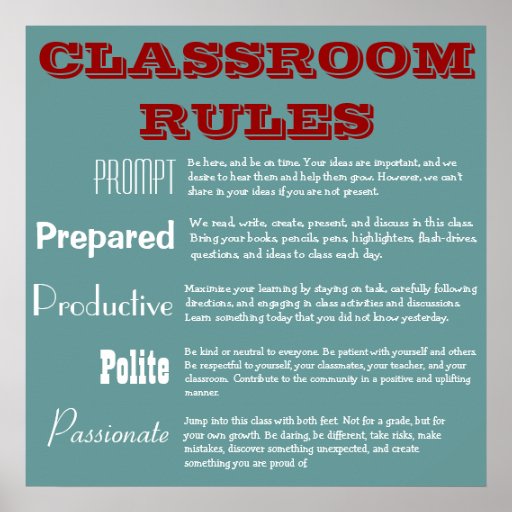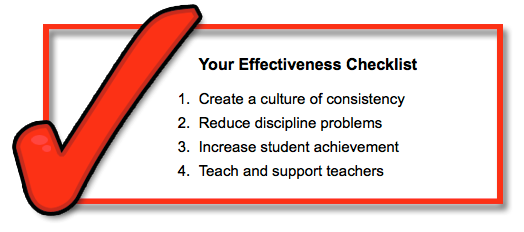Curriculum and Instruction
The Vehicle for Addressing Student Needs
IMPORTANT, FOCUSED, ENGAGING,
DEMANDING, SCAFFOLDED

Curriculum that is important will help students know what we study:
Provides a road map toward expertise in the discipline
Is essential to building understanding in the discipline
Balances knowledge, understanding, and skill
Curriculum and instruction that are focused will cause students to understand that whatever we do in class:
Is unambiguously aligned with stated, essential learning goals
Is designed to get us where we need to go
Both the teacher and students know why we are doing what we are doing
Both the teacher and the students know how the parts of the work contribute to a bigger picture of knowledge, understanding, and skill
Curriculum and instruction that are engaging will help students come to understand that:
They will most often find meaning in the work
They will most often find the work intriguing
They see themselves and their world in the work
They see value to others in the work
They find that the work provokes their curiosity
They find themselves absorbed by the work
Curriculum and instruction that are demanding include the following:
Guide students in working and thinking like experts
Place the level of difficulty of work just beyond the reach of the learner
Make student growth nonnegotiable
Establish high standards for work and behavior
Eliminate “loose” time
Curriculum and instruction that are scaffolded include the following:
The teacher teaches for success
Criteria for success are clear to students
Criteria for classroom operation and student behavior are clear to students
Varied materials support growth of a range of learners
Varied modes of teaching support a variety of learners
Varied avenues to learning support a variety of learners
Small and large group instruction focuses on varied learner needs
Varied peer support mechanisms are consistently available
The teacher uses modeling organizers, and other strategies to point out success
The Cogs of Differentiation
Now that I have read and learned about the three cogs to differentiation; what the students seeks, the response of the teacher, and curriculum and instruction, the vehicle to learning, I see the need to incorporate all three elements. In order to differentiate in a classroom, it is vital to have all three cogs working simultaneously with one another. When both the students and teacher have a clear understanding of their responsibilities in the classroom, and where their needs are being met the teaching and instruction can have the attention in which it requires.


















